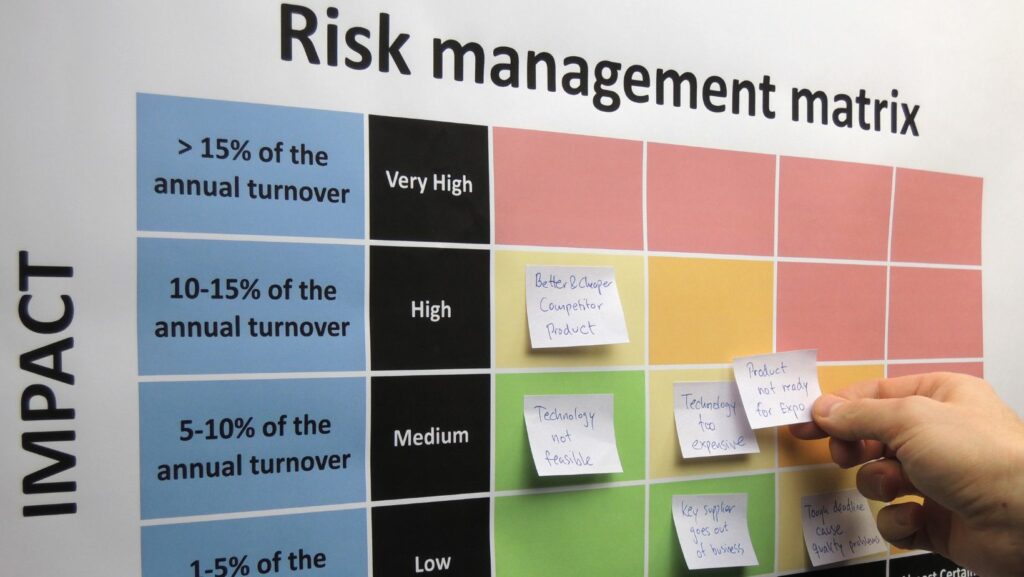
Issues and problems can appear at any time, regardless of the industry or what project you are working on. That’s why you must know the right steps to take when it comes to creating a risk assessment matrix. It will help better control any situations, while defusing potential issues that can arise here and there. Plus, a good risk assessment matrix will give you the safety and know-how that you need to address in a situation like this.
Identifying Risks
Before you create the risk assessment matrix, you want to narrow down what risks can arise. Every industry has different risks, but it always steps from things that can go wrong. It can be a human error, cyber attacks, natural disasters and so on. You never know what might go wrong, so addressing those things accordingly can be very helpful.
How Often Can these Risks Take Place?
That’s the thing, you always want to have a proper way of assessing how often risks appear. Once you know how often they arise, it’s a lot easier to narrow down when you are handling those problems. And at the end of the day, you won’t have to worry about any potential issues that can appear here. It’s also the time when you want to examine the impact of any potential risk.
Every risk is different; some lead to legal problems, others might cause reputational damage, criminal charges, and so on.
Set the Risk Level for Every Risk
Every type of risk will vary when it comes to its degree of importance. Some risks are small to begin with. But others can be very large and they will lead to a lot of potential problems. That’s why you want to address these risks by setting a number that feels reasonable in your case. Once you do, you’ll find that to be a much simpler solution and experience.
Create the Risk Assessment Matrix
Now, you want to add up all the information, and then you narrow down risks based on their degree of difficulty. Some risks will be very difficult to handle, others will be a lot simpler. Knowing how to manage all these things and understanding the process can help quite a lot.
In some businesses, the risk assessment matrix will feature a color scale. You can have the most difficult risks with red, and the others will be green or other colors.

Making sure that you add a scale so people know how to understand risks levels will also help you quite a bit as well.
Conclusion
The important thing to note is that you must assess all risks and then compare them with one another. As you do that, you will have a very good understanding of how difficult those risks are, how you can manage them efficiently, and what systems help. Make sure that you always focus on getting the best risk assessment matrix and adjust it according to the relevant data. Once you have access to more information, that can help make things even better!











